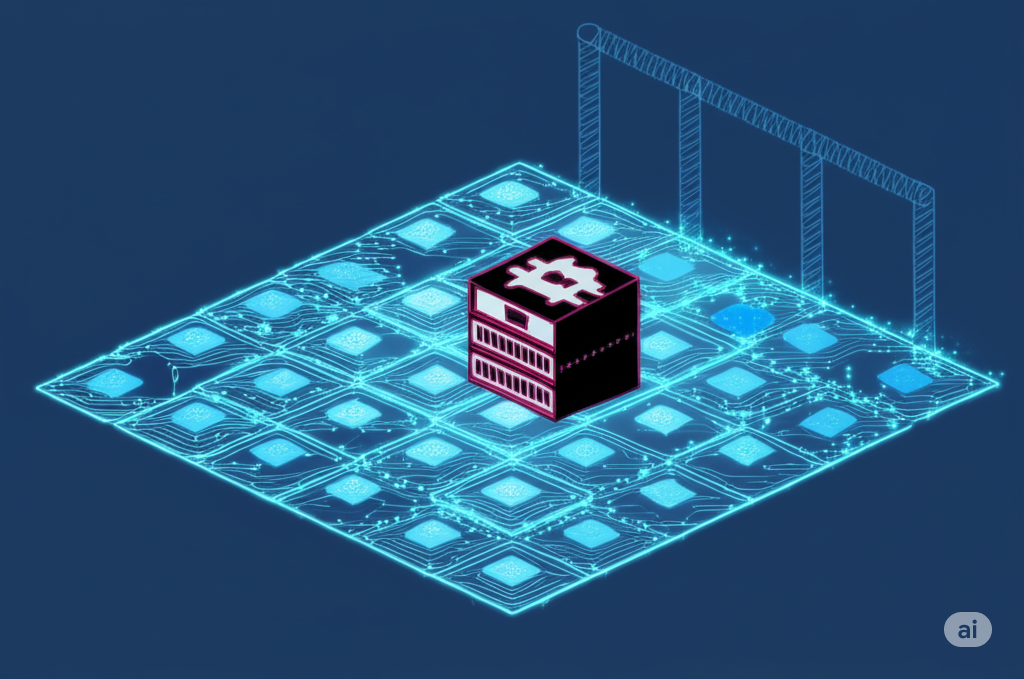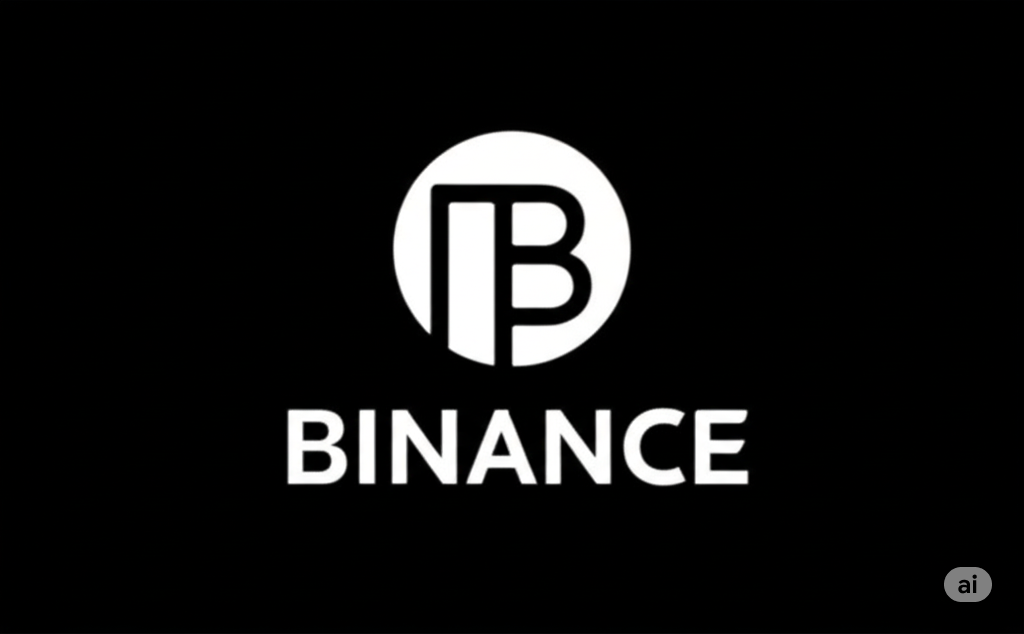The cryptocurrency landscape is brimming with exciting new projects, each promising innovative solutions and potentially high returns. However, it’s also a space where risks abound. Before you invest your hard-earned Indian Rupees into any crypto project, it’s crucial to conduct thorough research and analysis. Jumping in based on hype alone can lead to significant losses.
This blog will guide you through the key factors to consider when analyzing a crypto project, with a focus on resources and considerations relevant to investors in Bhubaneswar, Odisha, and India.
Why In-Depth Analysis is Essential:
Investing in cryptocurrencies is not like traditional investing in well-established companies. Many crypto projects are still in their early stages, with unproven technologies and business models. A robust analysis helps you:
- Identify Potential Scams: The crypto world, unfortunately, attracts its share of fraudulent projects. Careful analysis can help you spot red flags.
- Understand the Risks: Every investment carries risk, but crypto can be particularly volatile. Understanding the specific risks associated with a project is crucial for making informed decisions.
- Evaluate the Potential for Success: Analyze the project’s fundamentals, technology, team, and market to gauge its long-term viability and growth potential.
- Make Informed Decisions: Instead of following the crowd or relying on “FOMO” (fear of missing out), you’ll be making investment decisions based on your own research and understanding.
Key Areas to Analyze:
Here’s a comprehensive checklist of factors to evaluate before investing in a crypto project:
1. The Whitepaper:
- What it is: The whitepaper is the project’s foundational document. It should clearly outline the project’s goals, problem it aims to solve, proposed solution, technology, tokenomics, team, and roadmap.
- What to look for:
- Clarity and Detail: Is the whitepaper well-written, easy to understand, and comprehensive? Does it provide sufficient technical details?
- Problem-Solution Fit: Is there a genuine problem that the project is trying to solve? Is the proposed solution innovative and viable?
- Uniqueness: Does the project offer something unique or significantly better than existing solutions? What is its competitive advantage?
- Realistic Goals: Are the project’s goals achievable within the stated timeframe? Are the claims realistic?
- Red Flags: Be wary of vague language, overly complex jargon without clear explanations, and unrealistic promises of guaranteed high returns.
2. The Team:
- Who are they? Research the project team members. Look for their experience, expertise, and track record in relevant fields (blockchain, technology, finance, business).
- What to look for:
- Transparency: Are the team members publicly known and their profiles available (e.g., LinkedIn)? Anonymous teams can be a red flag.
- Experience: Do the team members have a history of successful projects? Have they worked together before?
- Advisors: Are there reputable advisors associated with the project? Their expertise can lend credibility.
- Community Sentiment: What is the community’s opinion about the team? Are they responsive and engaged?
- Where to find information: The project’s website, LinkedIn, and other professional networking platforms.
3. The Technology:
- What is the underlying technology? Understand the blockchain or distributed ledger technology the project is built upon. Is it innovative, scalable, and secure?
- What to look for:
- Technical Feasibility: Is the technology sound and capable of delivering the promised solution?
- Scalability: Can the network handle a growing number of transactions?
- Security: What security measures are in place to protect the network and user funds? Has the code been audited by reputable third parties? Look for audit reports.
- Open Source: Is the code open source and publicly auditable? This promotes transparency and community review.
- Development Activity: Is the project actively being developed? Check their GitHub repository for commit history and contributions.
4. Tokenomics:
- What is the token’s purpose? Understand the utility of the project’s native token. What role does it play within the ecosystem?
- What to look for:
- Supply and Distribution: What is the total supply of tokens? How will they be distributed (e.g., initial coin offering (ICO), airdrops, team allocation)? Is the distribution fair and reasonable?
- Inflation/Deflation: What is the token’s emission schedule? Is it inflationary or deflationary? How might this affect its long-term value?
- Use Cases: Are there clear and compelling use cases for the token within the project’s ecosystem? Does it incentivize adoption and usage?
- Vesting Schedules: Are there vesting periods for team and early investor tokens to prevent large sell-offs?
5. Community and Adoption:
- Is there an active community? A strong and engaged community can be a positive indicator of a project’s potential.
- What to look for:
- Social Media Presence: Check their activity and engagement on platforms like Twitter, Telegram, Reddit, and Discord. Are there genuine discussions and support?
- Developer Activity: Is there an active community of developers contributing to the project?
- Partnerships: Has the project formed meaningful partnerships with other organizations or businesses?
- Adoption Rate: Is the project gaining traction and real-world adoption? Are there users or businesses utilizing the technology or token?
6. Market Analysis:
- Who are the competitors? Identify other projects in the same space and analyze their strengths and weaknesses.
- What to look for:
- Market Size and Potential: Is there a large enough market for the project’s solution?
- Competitive Landscape: How does the project stack up against its competitors? Does it have a clear advantage?
- Market Sentiment: What is the overall market sentiment towards the project and its sector? Be cautious of hype-driven investments.
Resources for Indian Investors:
- Indian Crypto Exchanges: Platforms like WazirX, CoinDCX, and CoinSwitch Kuber often provide research resources and information on listed cryptocurrencies. However, always conduct your own independent research beyond what the exchanges provide.
- Indian Crypto Communities: Engage with online communities on platforms like Telegram and Discord that focus on cryptocurrency investments in India. You can learn from others, but always verify information independently.
- Global Crypto News and Research Websites: Reputable websites like CoinMarketCap, CoinGecko, Messari, and The Block offer valuable data, news, and analysis on crypto projects.
- Project Websites and Social Media: The official website and social media channels of the crypto project are primary sources of information.
- Blockchain Explorers: Tools like Etherscan or Blockchair allow you to view on-chain transaction data and activity for many blockchains.
Red Flags to Watch Out For:
- Unrealistic Promises: Claims of guaranteed high returns or “the next Bitcoin” should be treated with extreme skepticism.
- Lack of Transparency: Anonymous teams, vague whitepapers, and a lack of community engagement are major red flags.
- Aggressive Marketing and Hype: Be wary of projects that rely heavily on marketing hype without solid fundamentals.
- Pump-and-Dump Schemes: These involve artificially inflating the price of a low-value cryptocurrency and then selling off their holdings for profit, leaving other investors with losses.
- Lack of Utility: A token with no clear use case or value proposition is unlikely to succeed in the long run.
Conclusion:
Analyzing a crypto project before investing requires time, effort, and a critical mindset. By systematically evaluating the whitepaper, team, technology, tokenomics, community, and market, you can significantly increase your chances of making informed investment decisions and avoiding potential pitfalls in the exciting but often volatile world of cryptocurrencies. Remember to always do your own research (DYOR) and invest responsibly, especially in the context of the Indian financial landscape.












Leave a Reply